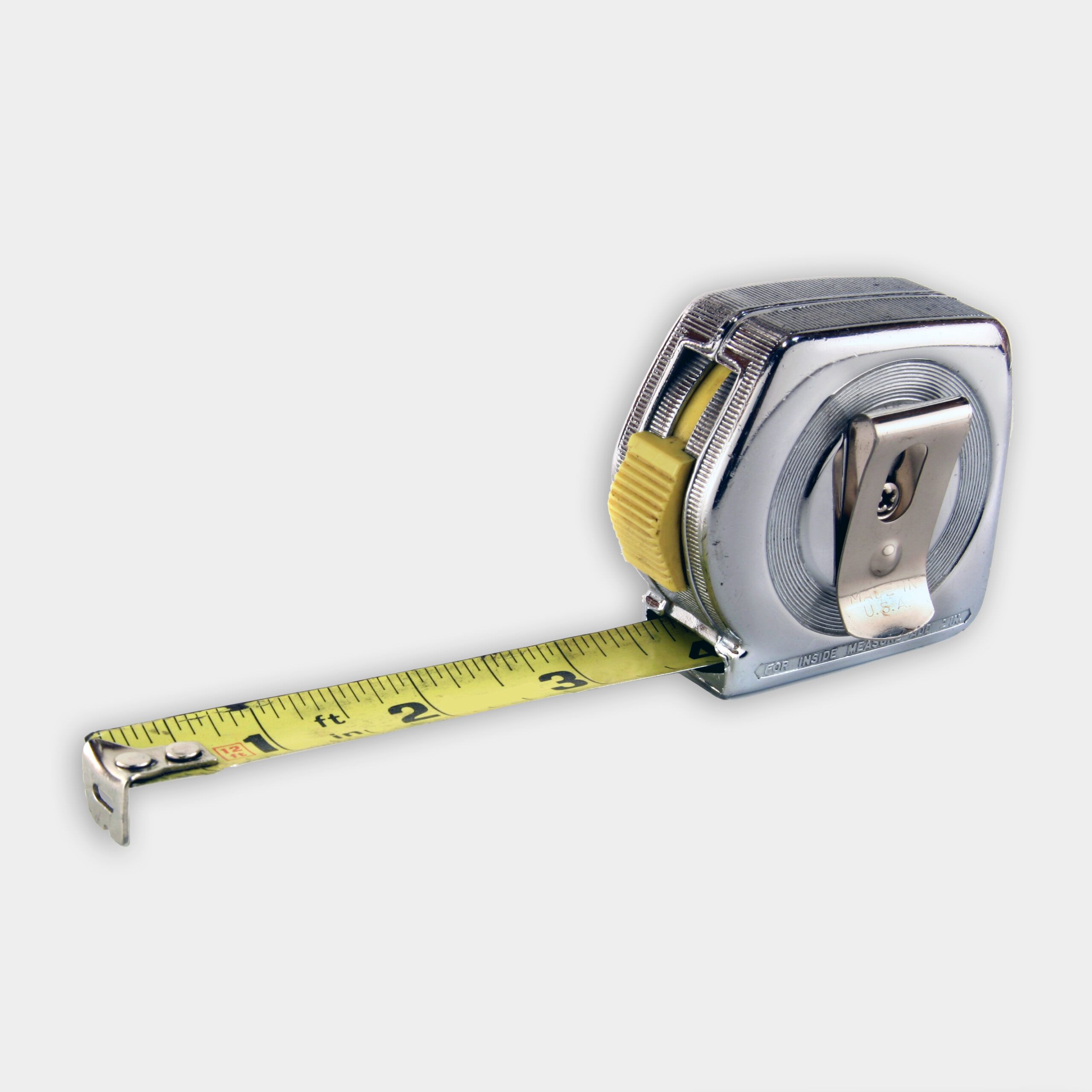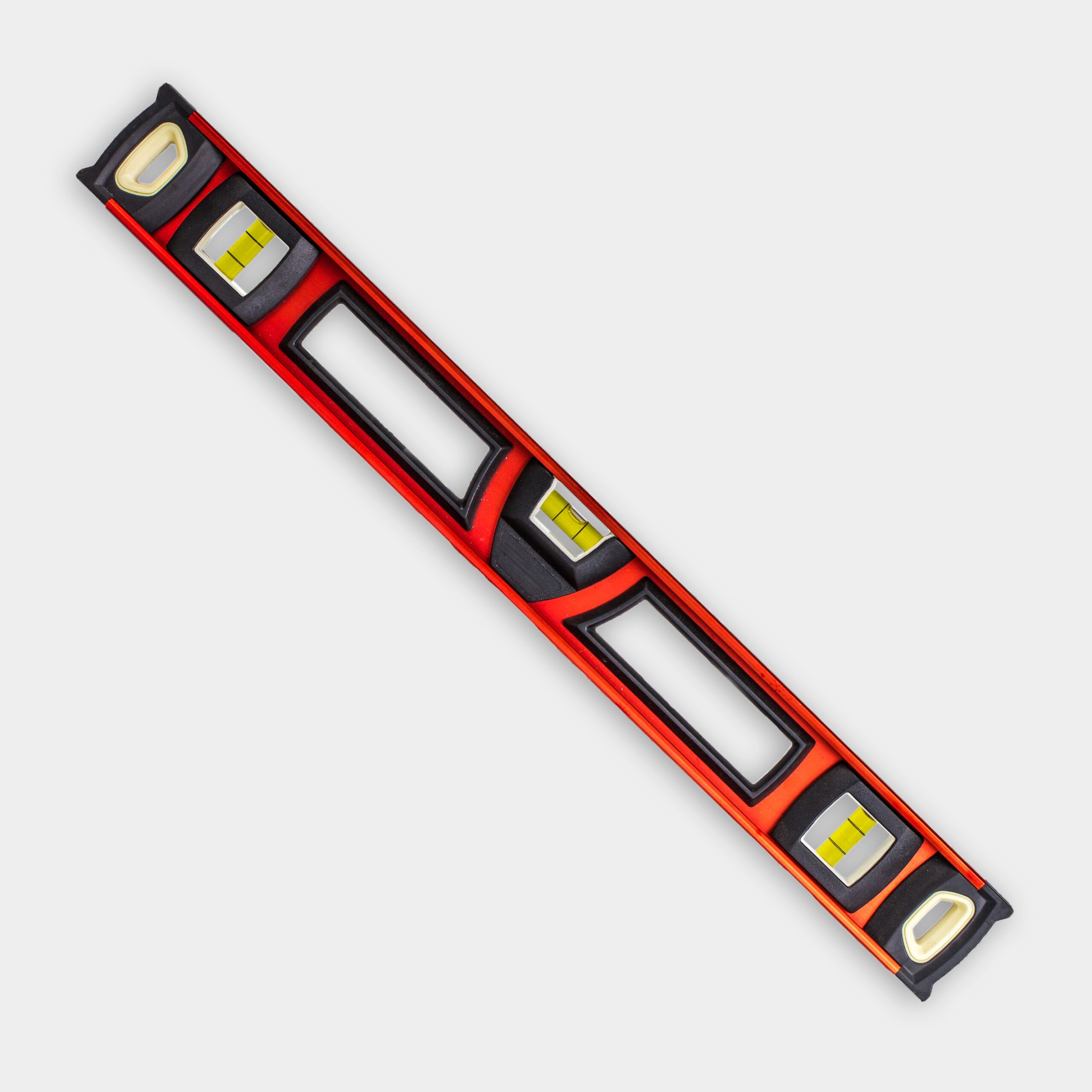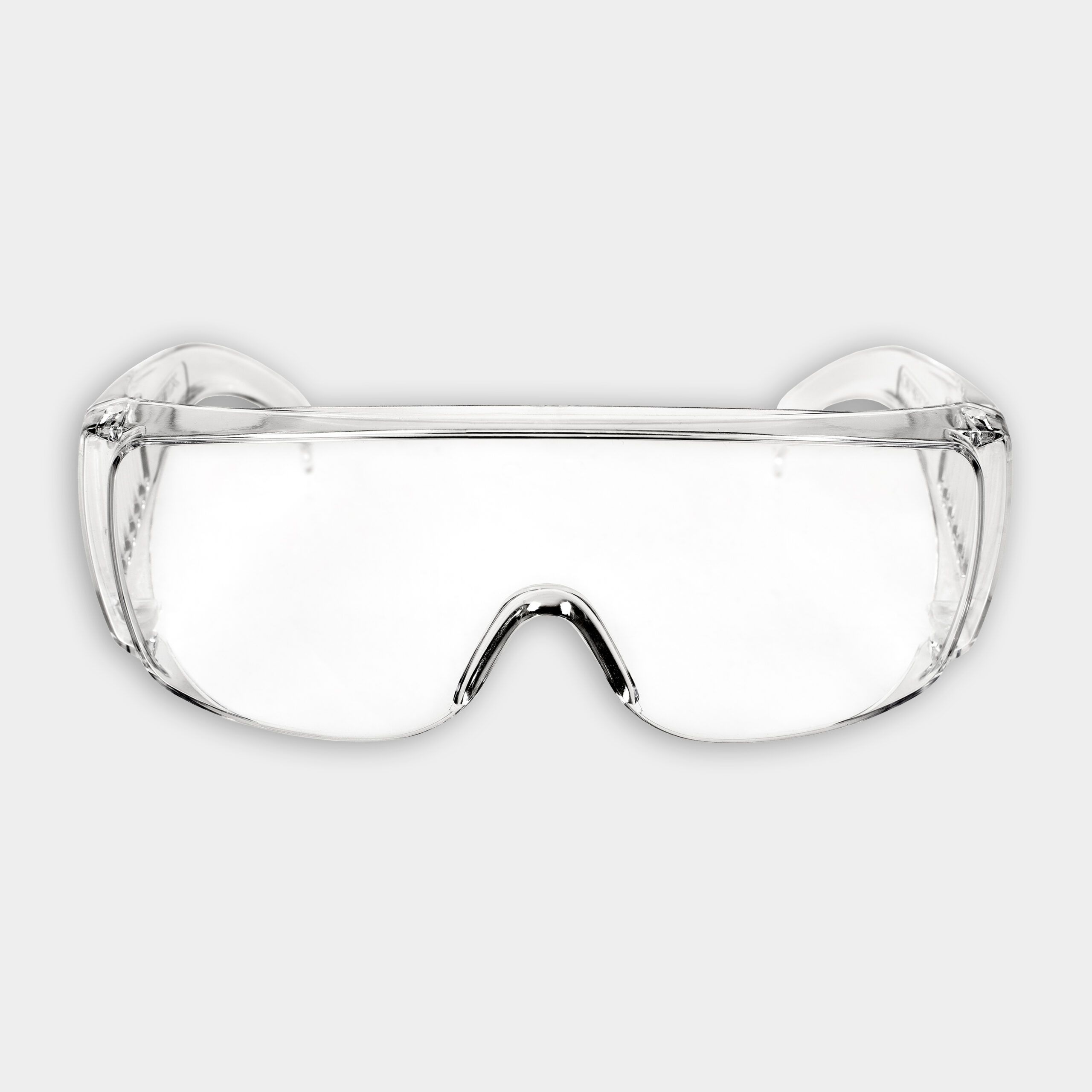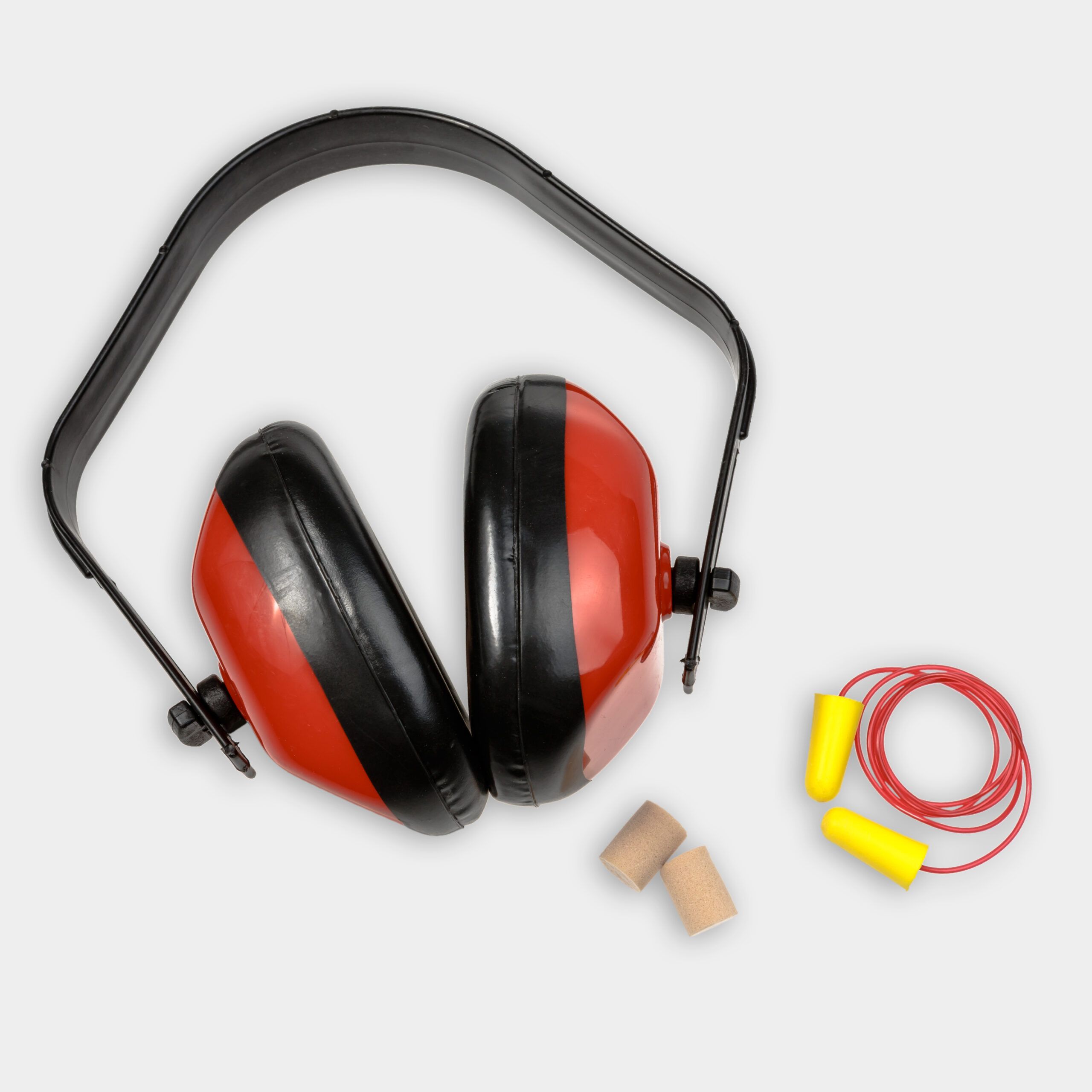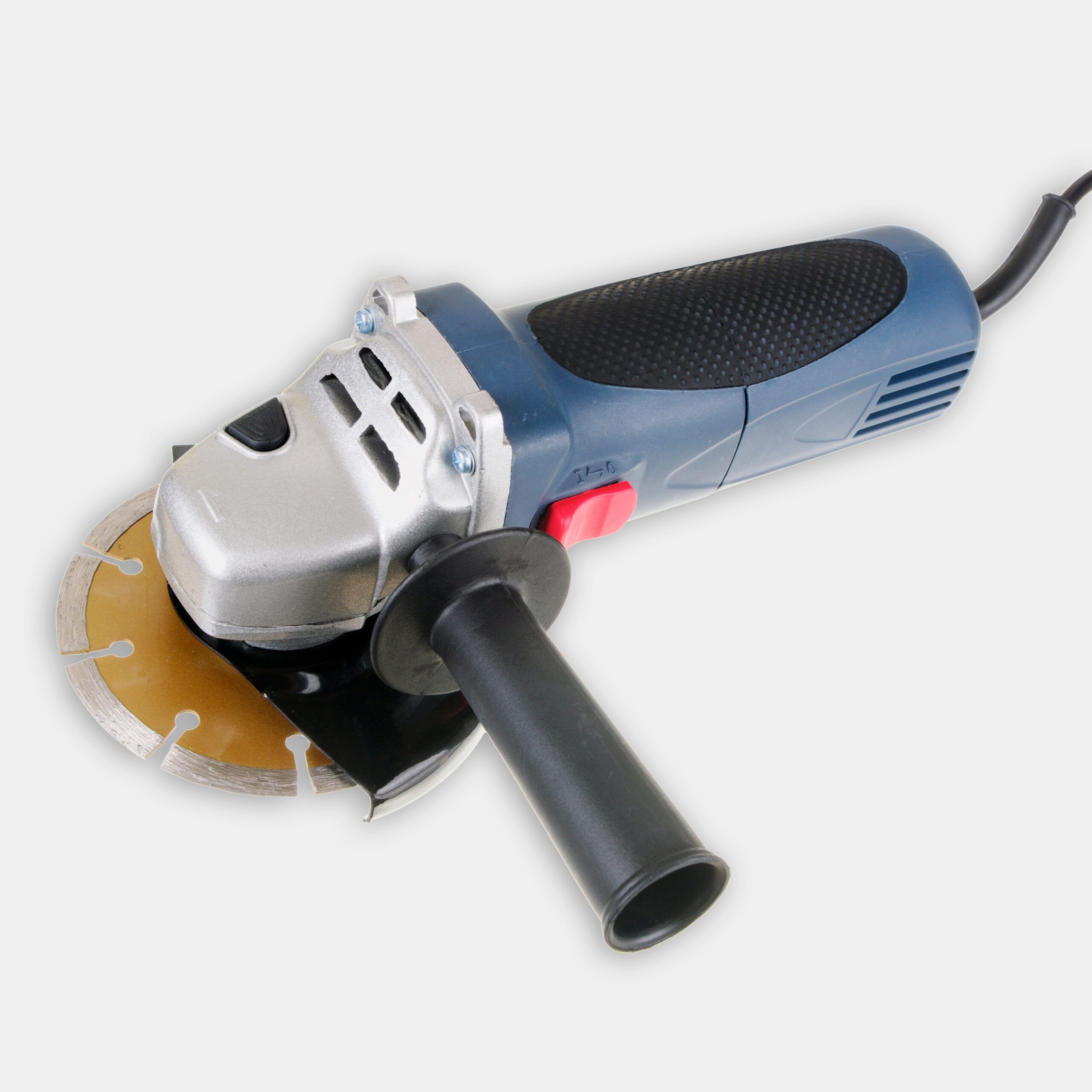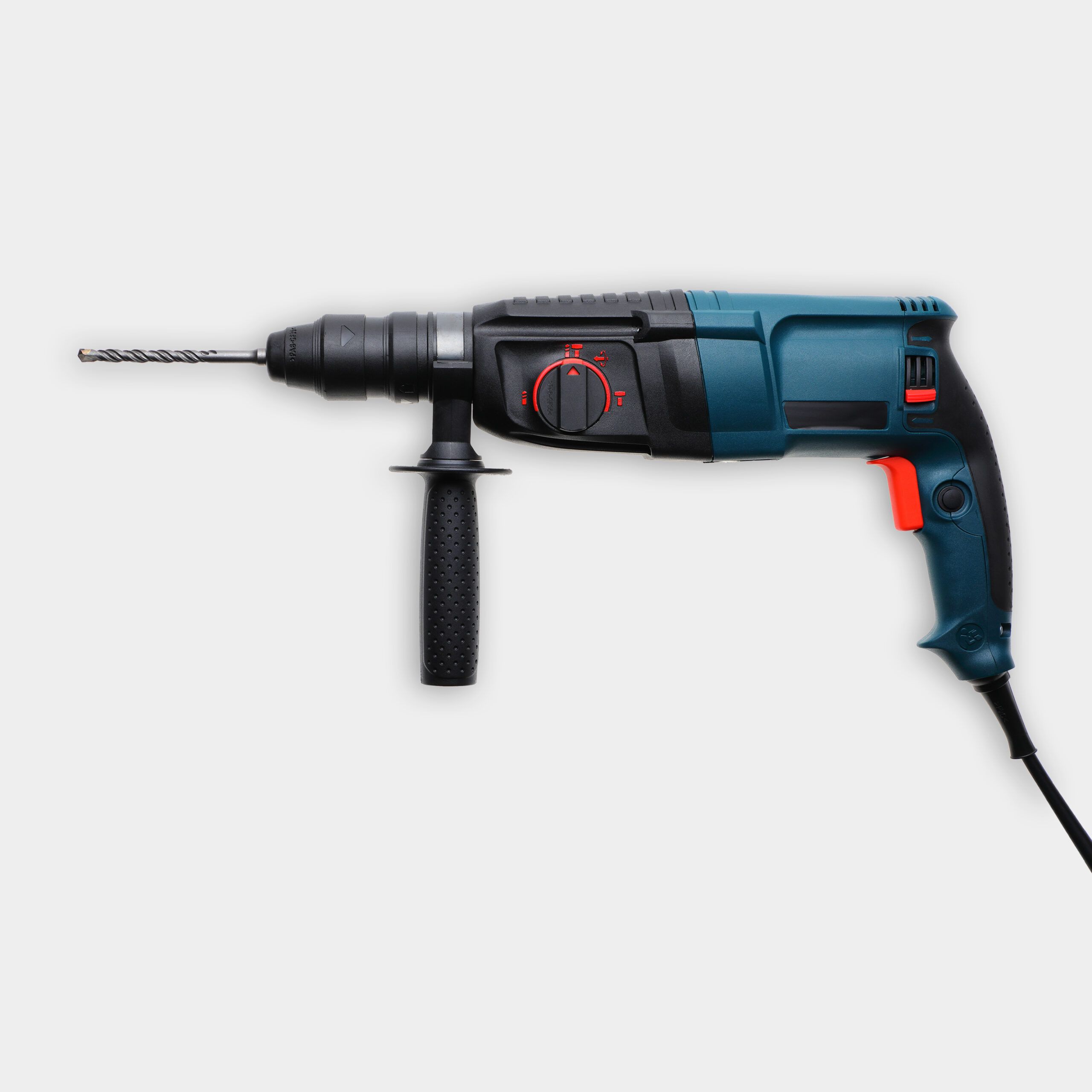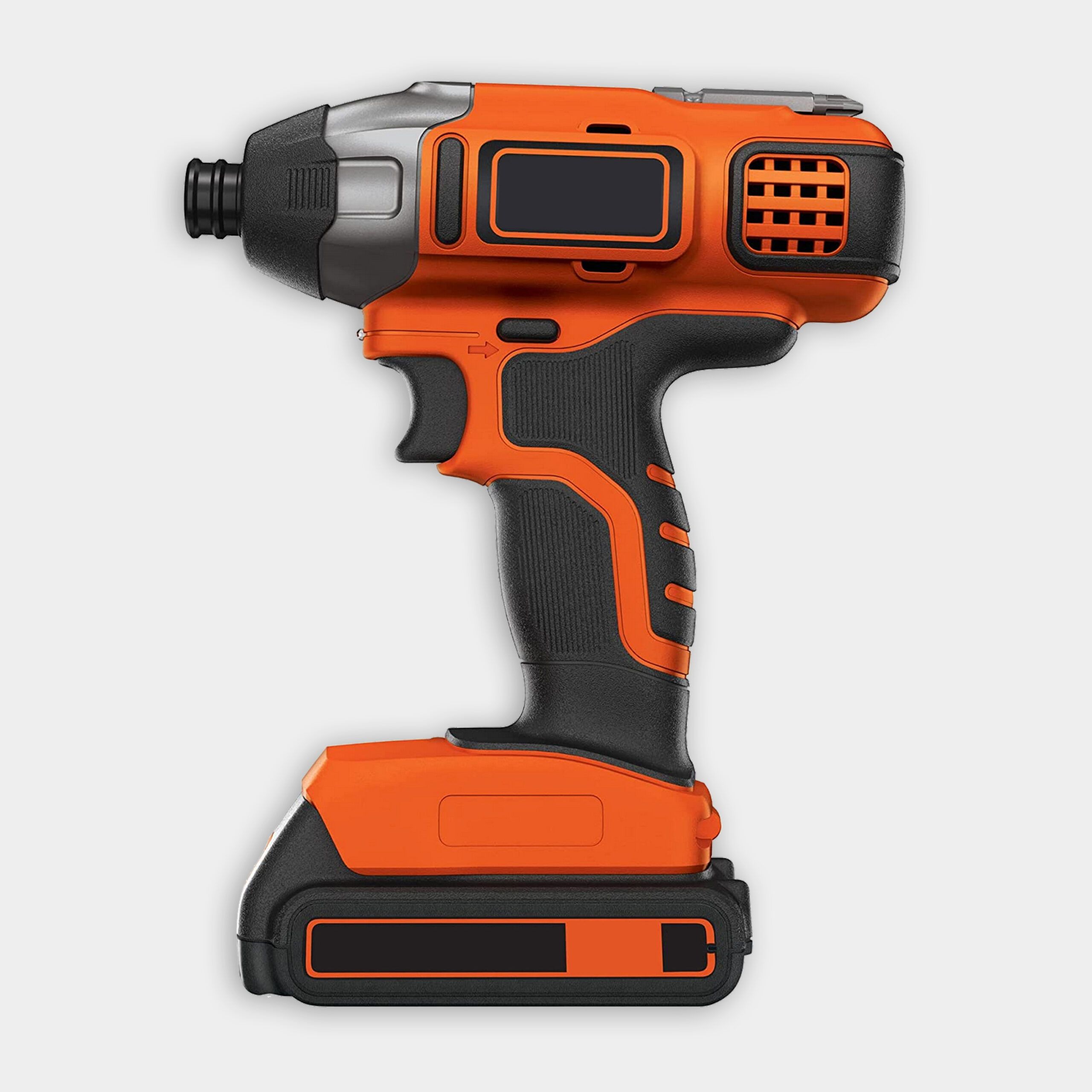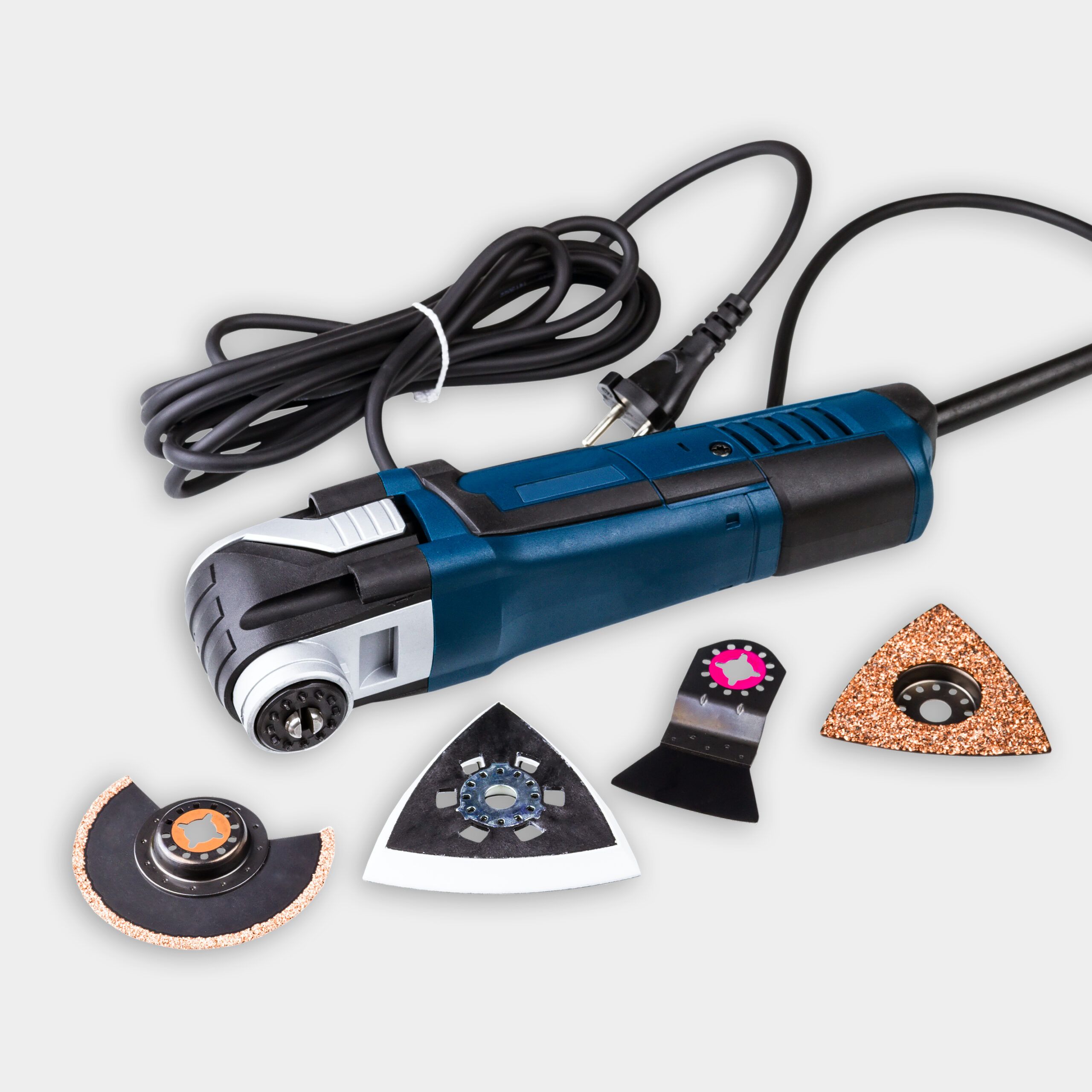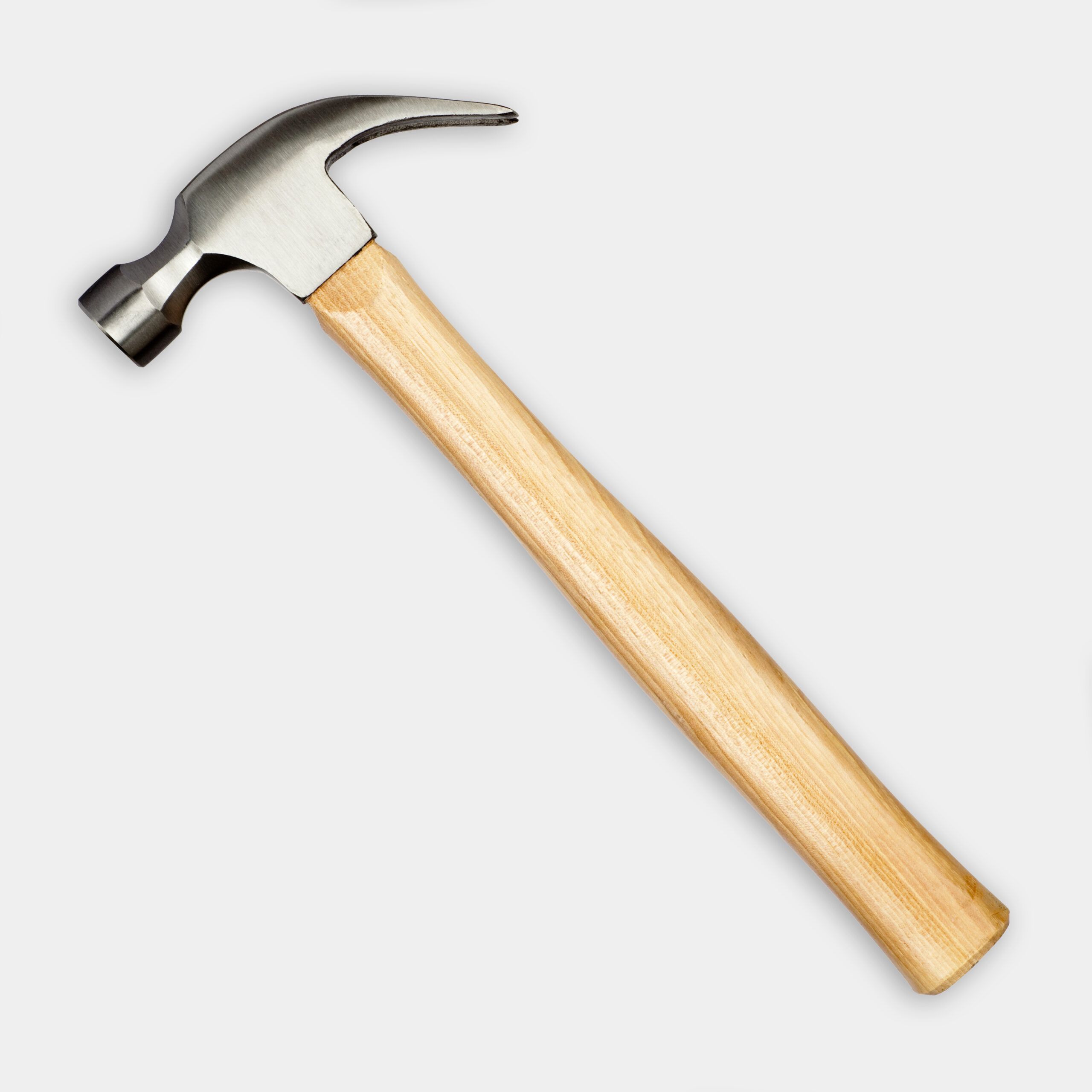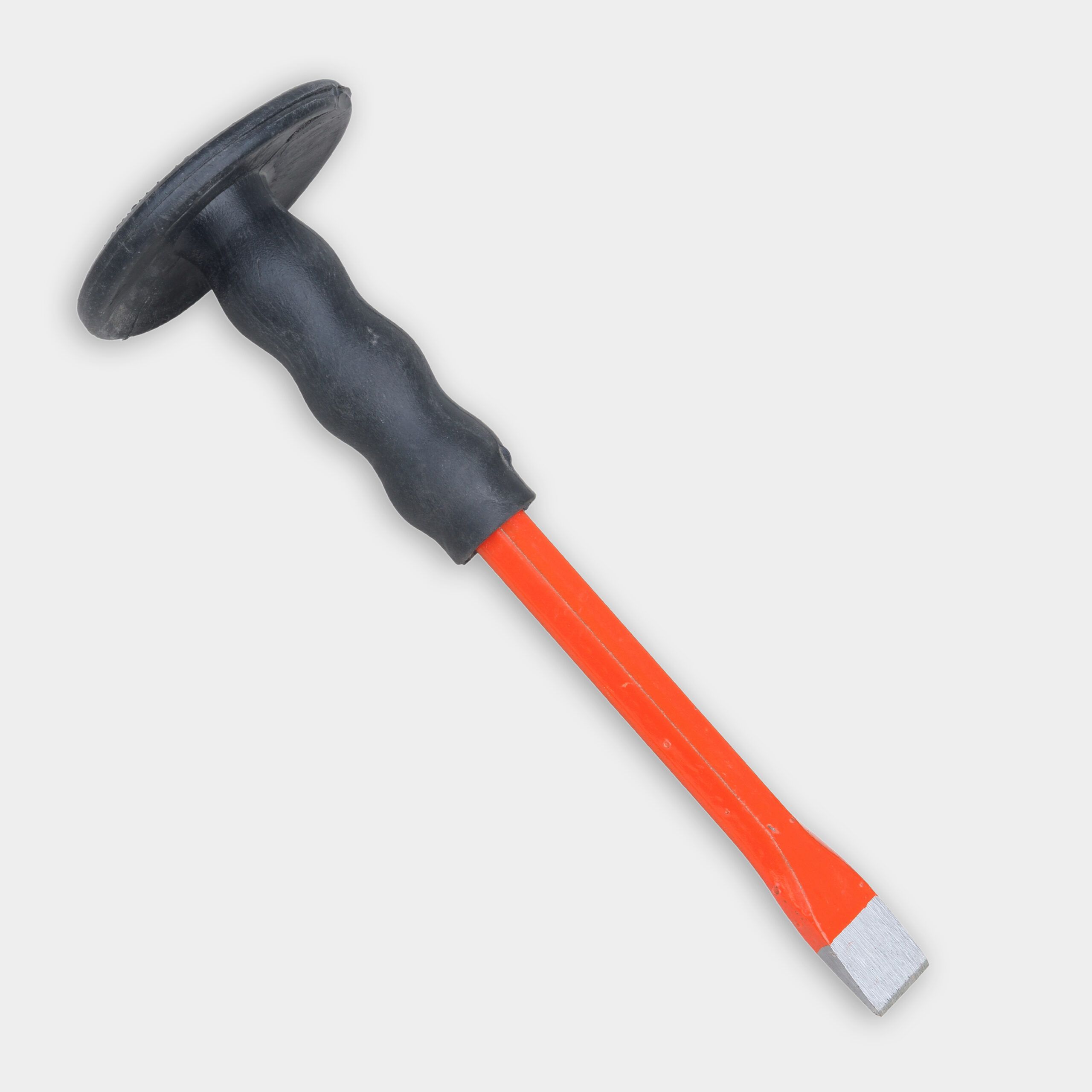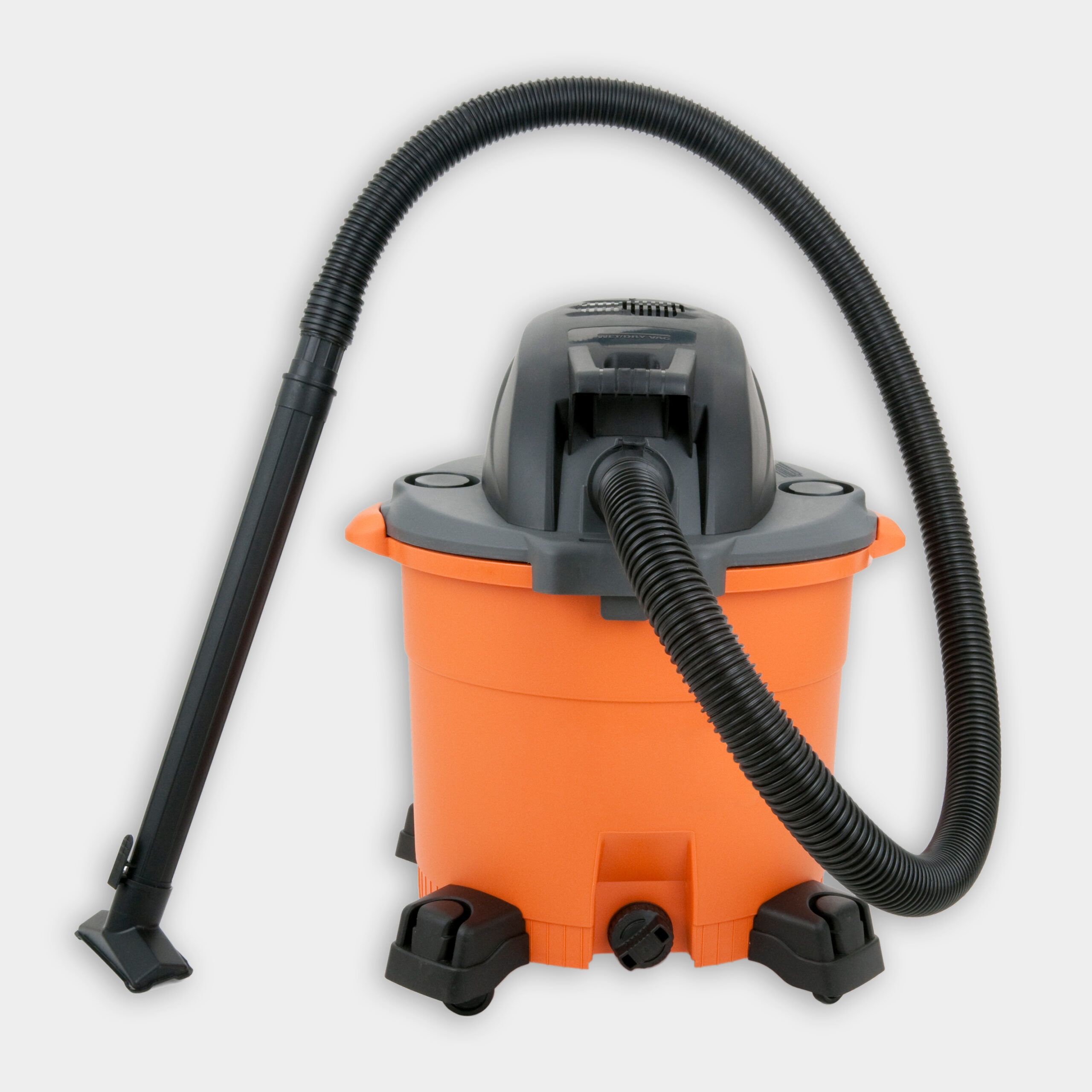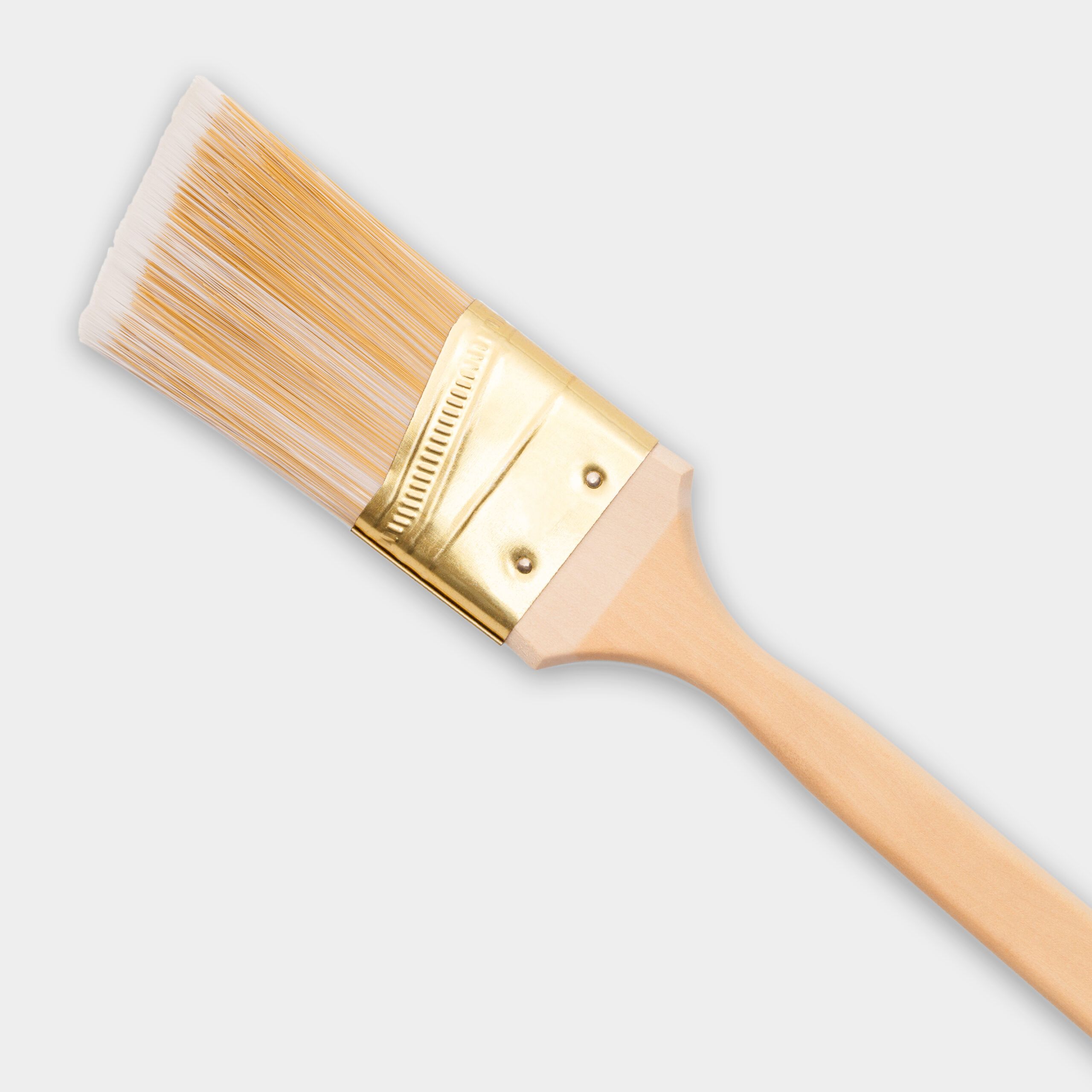We may be compensated if you purchase through links on our website. Our team is committed to delivering honest, objective, and independent reviews on home products and services.
Reviving a piece of history can add a special touch to any property, and restoring an old granite post is a perfect example. With the help of Ask This Old House mason Mark McCullough, this old granite post was transformed into a beautiful and functional sign for a working farm. With the video above as guidance, see how you can create a timeless piece that incorporates history and boosts curb appeal.
Preparing the Granite Post
Before you start adding signs or numbers, make sure the granite post is in place and secure. A solid foundation is key for stability and long-term use.
Tools and Materials
Gather the following materials and tools for the job:
- Black paint
- Ear protection
- Grinder with a diamond wheel
- Hammer
- Hammer drill
- HEPA vacuum
- Impact driver
- Level
- Masonry chisel
- Masonry screws
- Measuring tape
- Number templates
- Paintbrush
- Pencil
- Permanent marker
- Rotary tool
- Safety glasses
- SDS masonry drill bit
- Silicone caulk
Selecting the Location for the Granite Post
Choose a spot where the post is easy to see but also fits well with your landscape. The entrance to your property often works best. Here are a few tips to keep in mind:
- Choose a visible location near your property entrance.
- Make sure the area is free from underground utilities.
- Check the sight lines from the main approach to your property to make sure the sign is visible.
Positioning the Post
Next, level the ground and create a sturdy base for the post. Make sure to account for drainage and soil conditions. Follow these guidelines:
- Dig a hole approximately 3 feet deep for stability.
- Create a stable base by filling the bottom with crushed stone for good drainage.
- Use a small tractor or a few extra hands to carefully position the post.
- Make sure the post is plumb and level before backfilling the hole.
Attaching the Antique Road Sign to the Granite Post
Adding an antique sign can give your granite post a unique touch. Here’s how to attach one securely, like McCullough does in the video.
Preparing the Surface
The granite may need some smoothing to help the sign sit flat. This process requires some patience and precision:
- Put on safety glasses and ear protection.
- Use an angle grinder with a diamond wheel to remove the high points inside the marks on the stone.
- Frequently check the fit, and stop grinding when the sign sits flat against the post.
- Use a HEPA vacuum for any dust.
Measuring and Marking
Accurate measurements make all the difference for a polished look. To properly position the sign, try this:
- Use a measuring tape to determine the appropriate height.
- Find the center of the post and mark it with a pencil.
- Use a level to draw a plumb line at the center mark.
- Hold the sign against the post and trace its outline using a marker.
- Walk around the post to check the visibility and alignment of the sign from all angles.
Drilling and Mounting
Once the surface is ready, the next step is securely attaching the sign. Follow these steps:
- Hold the sign in place.
- Place a dab of silicone on the end of your drill bit.
- Slide the bit through the sign’s top screw hold and touch the granite to mark the screw location.
- Drill a hole into the stone for the top mounting screw using a hammer drill and masonry bit at the marked spot.
- Repeat the process of marking the stone with silicone and drilling for the bottom hole.
- Fasten the sign to the post using masonry screws.
Adding House Numbers to a Granite Post
Etching house numbers directly into the granite post creates a permanent and elegant address marker.
Positioning the Numbers
Choose a spot where they’ll be easy to read. Keep these points in mind:
- Measure from the top of the post to the top of the sign.
- Measure down this same distance from the bottom of the sign and mark the stone. This mark will be the starting point for your house numbers.
- Make sure the numbers are centered and aligned vertically.
Outlining and Etching the Numbers
Create a template to use as a guide for precise etching:
- Use number stencils to trace the outline of each digit.
- Secure the stencils with tape to prevent slipping.
- Trace around each of the numbers with a permanent marker.
- Double-check the positioning and spacing between numbers, aiming for uniformity.
- Use the rotary tool and a diamond grinding stone to remove the stone along the edge of the numbers on the stone. This will create an etched outline to work inside of.
- Use the rotary tool, hammer, and chisel to remove and smooth the stone inside the number outlines.
Pro tip: Apply steady pressure and maintain an even depth across the numbers for a consistent look.
Finishing Touches
Make your numbers stand out with a few final steps:
- Clean out any debris from the etched areas.
- Use a small angled brush to apply exterior black paint to the numbers to make them stand out from the stone.
- Allow the paint to dry completely.
- Add a clear sealant to protect the numbers.
Like the granite post itself, the painted numbers will weather naturally over time.
Maintenance and Care for a Granite Post
Follow these tips to help preserve your sign:
- Avoid using harsh chemicals or abrasive cleaners that could damage the granite or sign.
- Periodically check the sign and post for wear or loose screws.
- Regularly clean the post and sign with a mild soap and water solution.
- Touch up the painted numbers with exterior-grade paint as needed.
